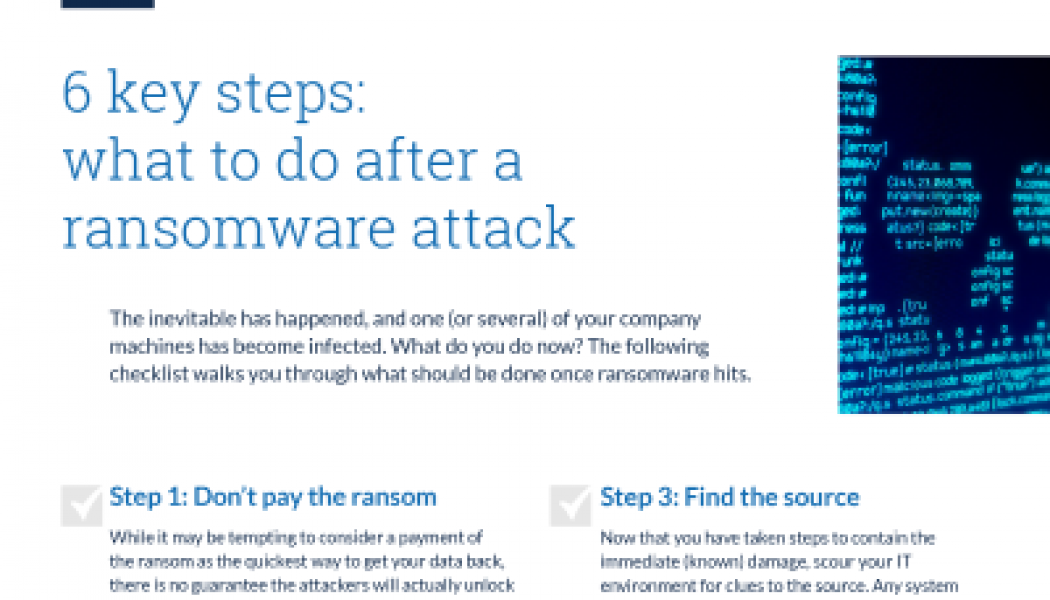In South Africa, 42% of ransomware victims pay the ransom to restore access to their data. Yet for 19% of those, paying the ransom did not guarantee the return of stolen data. However, as public awareness of potential cyber threats grows there is the reason for optimism in the fight against ransomware.
Ransomware is a type of malware which criminals use to extort money. It holds data to ransom using encryption or by locking users out of their device. According to a report from Kaspersky, whether they paid or not, only 24% of victims were able to restore all their encrypted or blocked files following an attack.
61% lost at least some files, 32% lost a significant amount, and 29% lost a small number of files. Meanwhile, 11% who did experience such an incident lost almost all their data.
“This data shows we have seen a significant proportion of consumers paying a ransom for their data over the past 12-months. But handing over money doesn’t guarantee the return of data, and only encourages cybercriminals to continue the practice. Therefore, we always recommend that those affected by ransomware do not pay as that money supports this scheme to thrive,” says Marina Titova, Head of Consumer Product Marketing at Kaspersky.
“Instead, consumers should make sure to invest in initial protection and security for their devices and regularly back up all data. This will make the attack itself less appealing or lucrative to cybercriminals, reducing the use of the practice, and presenting a safer future for web users.”
With this in mind, here are five things ransomware victims could do post-attack:
- Do not pay the ransom if a device has been locked. Paying extortionate ransoms only encourages cybercriminals to continue their practice. Instead, contact your local law enforcement agency and report the attack.
- Try to find out the name of the ransomware Trojan. This information can help cybersecurity experts decrypt the threat and retain access to your files.
- Avoid clicking links in spam emails or on unfamiliar websites and do not open email attachments from senders you do not trust.
- Never insert USBs or other removal storage devices into your computer if you do not know where they came from.
- Backup your devices so your data will remain safe if you do experience a ransomware attack.










